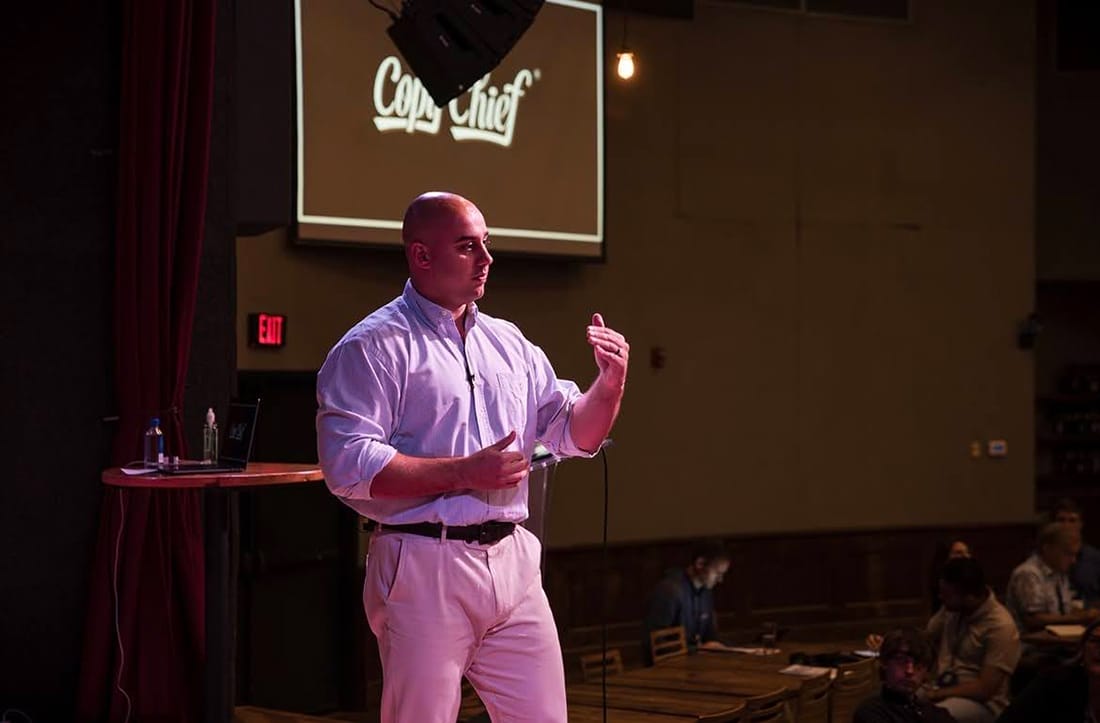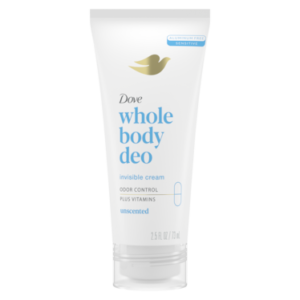
Chris Orzechowski does not wear watches. But that didn’t stop him from writing copy for the luxury timepiece brand Filippo Loreti in 2016, a campaign that raked in more than $5 million in just 30 days to become the 18th largest Kickstarter campaign at the time.
His secret: Before writing a word, he bought a watch and became the customer he was trying to connect with. He learned what features to ask about, what benefits to look for and how the purchase made him feel. He understood the journey, the sale and the product—he understood the customer.
Chris Orzechowski: Where the two ends of email marketing meet
Nowadays, Orzechowski is one of the most sought-after email copywriters in the e-commerce world—but he’s also an expert in the back end of email marketing. In less than a decade, he’s helped more than 200 brands earn over $100 million via email campaigns and automated email flows and coached thousands of e-commerce brand owners to scale their businesses with his strategies.
His expertise revolves around connecting the front end of your business (such as your product and copy) with the back end (such as your email lists and automations) to make them work with each other. When the two ends meet, growth can be astronomical.
The back end: Revenue per subscriber and email automation
On average, brands are making around $2.80 for every dollar they spend on social media ads. Not a bad turnaround—but compare that to the average $36-to-$40 return on investment (ROI) for email marketing and you’ll start to understand why Chris Orzechowski is all-in on the latter.
“The thing that I love about email so much is [it’s] mostly free besides your software fee each month,” he says. “But [also that] it’s instant. You could send an email out, and within five minutes, money’s coming in. Talk about having control over your cash flow, over your business, over your future, over your destiny—that’s pretty cool.”
As rewarding as instant results are, email marketing is about the long game—retaining customers, keeping the iron hot and compounding sales. When you make a front-end sale, that should cue back-end development—whether someone bought something or just indicated interest, there’s work to be done and money to be earned. So while ROI is the big-picture metric, Orzechowski prefers to assess the health of a business’s retention program in monthly revenue per subscriber (RPS).
“Most [money] is not made on the front end. Most of it’s made on the back end,” he adds. “So, if you are neglecting this [metric] and you have a low earnings-per-subscriber, that means you probably have immediate revenue opportunities within the back end of the business through the retention program.”
“Opportunity” is the key word here. A low RPS does not indicate that you have a poor business, product or list of customers. Instead, it tells you that there are holes in the bucket and that you are leaving money on the table.
Chris Orzechowski’s book: Scale While You Sleep
Orzechowski has an easy solution to this back-end problem: automated email sequencing. Whether that’s a post-purchase sequence to win a customer back after the churn or an abandoned cart sequence to remind them of their interest, automated email flows are simple integrations that permanently seal the holes you may not even know were dripping.
(Chris Orzechowski’s book Scale While You Sleep delves into his nine favorite automated email sequences that immediately boost RPS and ROI. It’s only 100 pages long and available on Amazon.)
“Build out your abandonment sequences first,” he recommends. “People who have indicated that they’re interested in buying, those are the hottest people and those are the lowest-hanging pieces of fruit.”
The best part of email automations is their longevity and low maintenance—Orzechowski says he built automations for clients back in 2017 that are still producing sales today, seven years after the clients paid him once. Talk about exponential growth in ROI over time.
For any emailers who are worried about “harassing” their customers with too many emails (a common and understandable worry), Orzechowski points out that multimillion-dollar brands are multimillion-dollar brands because they don’t share that concern. They’re not sending one newsletter a month—that’s money on the table. They’re sending several in a week—that’s money in the bank.
“Maybe success leaves clues,” Orzechowski says.
The front end: Email copywriting
Chris Orzechowski’s other zone of genius is, of course, copywriting. Tracking the success of something subjective like writing sounds harder than tracking something objective like click-through rates. But Orzechowski says the two are inextricably linked.
“When it comes to copy, it’s simply a matter of [saying], ‘What numbers and metrics are low that we think we can improve upon?’” he says.
More often than not, the poor metrics you’re measuring are reflections of the buyer’s objections or hesitancies. Good copywriting (coupled with informed sequencing, of course) can address those head-on.
“The funny thing is most copy is just making a big promise and then handling the objections that are standing in the way of the sale,” Orzechowski says. “[Copywriting is] just taking [the] same conversation that happens in a face-to-face, belly-to-belly scenario and putting the words on the paper. That’s where the best copywriters excel at—they can capture the essence of that conversation better than anyone else.”
That’s also his go-to advice for the copywriters he hires, coaches and mentors: It’s all about understanding the buyer’s journey from discovery to hitting the “buy” button. Writing effective copy requires immersing yourself in their specific needs, questions and concerns—like Orzechowski did for Filippo Loreti with record-shattering success.
“People don’t ever do this, and that’s why they struggle. They don’t understand the context of a specific market. They don’t understand the mindset of that market because they aren’t that market,” Orzechowski says. “You have to go out and actually become the customer. You have to be Daniel Day-Lewis. You have to be a method actor here.”
Orcheowski’s latest book, The Moat, walks founders through email, copywriting, customer acquisition offers and everything else businesses need to grow and scale their brand.
Photo courtesy of Chris Orzechowski




